
How to Fix an Electric Scooter: Step-by-Step Guide
Electric scooters have become a popular, eco-friendly way to commute, but like any vehicle, they can run into problems. Whether it’s a battery that won’t charge, a motor that won’t start, or brakes that need adjustment, knowing how to fix an electric scooter can save you time, money, and frustration.
In this comprehensive step-by-step guide, we’ll walk you through how to troubleshoot and repair the most common electric scooter issues, from battery replacements to motor repairs. You’ll also learn preventive maintenance tips to keep your e-scooter running smoothly for years. By the end of this guide, you’ll have the confidence to tackle repairs yourself or know when it’s time to call a professional.
Common Problems with Electric Scooters
Electric scooters are convenient, eco-friendly, and fun to ride, but they aren’t immune to issues. Understanding typical issues is key to learning how to fix electric scooter problems efficiently. Here’s a detailed look at the typical issues scooter owners face:
1. Battery Problems
Battery issues are among the most frequent complaints. Symptoms include a battery that won’t charge, fails to hold a charge, or provides a significantly reduced range. Lithium-ion batteries can be damaged over time by overcharging or deep discharging, leading to decreased performance and shorter lifespan. Regular maintenance and proper charging habits can help prevent these problems.
2. Tire and Wheel Issues
Flat or worn tires affect ride quality and safety. Checking and inflating tires regularly helps you fix electric scooter tire problems before they worsen. Other tire-related issues include uneven tread wear, worn wheels, or instability during rides. Ensuring proper tire pressure and inspecting tires regularly can prevent accidents and improve ride quality.
3. Motor and Controller Malfunctions
If your electric scooter won’t move, accelerates poorly, or has a low-power motor, the issue may lie with the motor itself or the electronic speed controller (ESC). Motor and controller problems are often caused by wiring issues, worn components, or internal electronic faults, and they may require professional repair if troubleshooting doesn’t help.
4. Brake Problems
Loose or worn brakes reduce stopping power. Timely maintenance is necessary to fix electric scooter brake issues and ensure safe rides. Common causes include worn brake pads, frayed or stretched cables, and misaligned brake components. Regular inspection and timely replacement of worn parts are essential to maintain safe stopping power.
5. Charging Issues
Scooter not charging? Proper troubleshooting allows you to fix electric scooter charging problems, avoiding long-term battery damage. Other potential causes include a blown fuse, circuit breaker issues, or damaged charging ports. Troubleshooting these problems early can prevent long-term battery damage and keep your scooter ready for the road.
6. Performance Issues
Reduced speed or sluggish acceleration may be caused by a low battery, motor problems, or controller settings that limit maximum speed. Identifying the root cause is important to restore optimal performance.
7. Other Common Issues
Electric scooters may also experience error codes, unresponsive kill switches, broken accessories such as mudguards, or general ride instability due to suspension wear. From unresponsive displays to broken accessories, learning how to fix electric scooter minor problems early prevents bigger repairs later.
Step-by-Step Guide to Fix Electric Scooter
Electric scooters are becoming increasingly popular for their convenience, affordability, and eco-friendly appeal. However, like any vehicle, they require regular maintenance and occasional repairs to keep running smoothly. Follow these steps to fix electric scooter issues safely and efficiently.
1. Ensure Safety First
Before performing any repair, safety should be your top priority. Always turn off your electric scooter and disconnect it from the charger. Wear protective gloves to avoid cuts from sharp components or electrical shocks. A few safety precautions go a long way in preventing accidents during repairs.
2. Diagnose the Problem
Accurately identifying the issue is key to effective repair. Some common problems include:
-
Flat or punctured tires
-
Faulty brakes
-
Loose bolts or screws
-
Malfunctioning lights or display
-
Battery not charging or holding a charge
Taking time to thoroughly inspect your scooter will save you time and prevent further damage.
3. Gather the Necessary Tools
Having the right tools makes repairs easier and safer. For most electric scooter fixes, you’ll need:
-
Screwdrivers and wrenches
-
Pliers
-
Multimeter for electrical testing
-
Tire pump and repair kit
Keeping a repair kit helps when you fix electric scooter problems at home.
4. Check and Tighten Connections
Loose bolts or connections can cause a variety of issues. Check all screws, bolts, and electrical connections and tighten them as needed. Tightening connections is a simple way to fix electric scooter issues before they escalate.
5. Repair Flat Tires
Flat tires are common. To fix electric scooter tires:
-
Use a tire puncture repair kit to patch the tube.
-
Reinflate the tire to the manufacturer’s recommended pressure.
Following the correct repair and inflation instructions ensures a safe and smooth ride.
6. Fix Brake Problems
Brakes are critical for safety. If your brakes feel loose or ineffective:
-
Inspect brake pads for wear and replace them if needed.
-
Adjust brake cables using a wrench to tighten loose brakes.
-
Ensure brake levers and hardware are functioning properly.
Adjusting or replacing worn parts is essential to fix electric scooter brake problems.
7. Test Battery and Charger
If your scooter won’t charge or loses power quickly:
-
Use a multimeter to check the battery voltage and charger output.
-
Replace the battery or charger if faulty, following the manufacturer’s instructions.
Proper battery care and timely replacement are essential for optimal scooter performance.
8. Troubleshoot Lighting and Display Issues
Malfunctioning lights or displays can be a sign of loose connections or damaged components.
-
Check that all wires and connectors are secure.
-
Replace broken light bulbs, LED strips, or display modules if necessary.
Ensuring your scooter’s lights work properly improves safety, especially when riding at night.
9. Consult the User Manual
When unsure about repairs, always refer to your electric scooter’s user manual. Manufacturer guidelines provide model-specific troubleshooting instructions and can prevent costly mistakes.
10. Contact the Manufacturer
If you’ve tried these steps and still can’t fix the problem, reach out to the scooter’s manufacturer. Professional advice or authorized repair services may be necessary for complex issues.
DIY vs Professional Repair
Knowing when to repair your electric scooter yourself and when to seek professional help is key to keeping it safe and fully functional.
When to Attempt a DIY Fix
DIY repairs are suitable for simple, low-risk issues like:
-
Flat tires or punctures
-
Loose bolts or minor mechanical adjustments
-
Brake adjustments
-
Replacing lights or display components
With the right tools and instructions, these problems can be resolved at home, saving time and money while helping you understand your scooter better.
When to Contact a Professional
Some problems require expert knowledge and specialized tools. You should contact a professional if your scooter has:
-
Electrical system failures
-
Battery issues
-
Persistent performance problems
-
Motor damage, especially if you need to repair e scooter motor
Professional services ensure you correctly fix electric scooter problems without voiding warranties.
Preventive Maintenance Tips
Regular maintenance keeps your electric scooter safe, efficient, and long-lasting. Follow these key tips:
1. Charging and Battery Care
Use the manufacturer’s charger, avoid overcharging, and charge after each ride to maintain battery health and prevent the need to fix electric scooter battery problems.
2. Tire Pressure Checks
Check tire pressure weekly and inflate to the recommended PSI. Proper inflation prevents accidents and reduces the need to fix electric scooter tire issues.
3. Cleaning and Lubrication
Wipe down your scooter regularly and lubricate moving parts like brakes and wheel bearings to prevent rust and ensure smooth operation.
4. Periodic Inspections
Inspect brakes, tires, battery, lights, and connections every 2–4 weeks. Tighten loose bolts and address wear early to prevent bigger issues.
Conclusion
Learning to fix an electric scooter helps you save time and money while keeping your ride safe and reliable. Regular maintenance, proper charging, and timely repairs prevent common issues like flat tires, brake problems, and battery faults. For complex problems, consult a professional or the manufacturer. With the right care, you can keep your electric scooter running smoothly and enjoy a safer, longer-lasting ride.
FAQs
Can I repair my e scooter battery at home?
Yes, minor battery issues like cleaning contacts or checking connections can be done at home. For major battery problems, iScooter recommends professional support for major battery problems to safely fix electric scooter batteries.
Is it worth fixing an electric scooter?
Absolutely! Repairing your electric scooter, especially high-quality models from iScooter, extends its lifespan, saves money, and keeps it running safely. Regular maintenance can prevent costly repairs in the future. Learning to fix electric scooter problems is worthwhile.
How do I fix my electric scooter if it won’t turn on?
Start by checking the battery charge, power switch, and connections. If the issue persists, iScooter guides help you confidently fix electric scooter power issues.
How much is it to fix an electric scooter?
Repair costs vary depending on the issue, but minor fixes like tire or brake adjustments are usually inexpensive. For major repairs, iScooter provides professional services to fix electric scooter safely.
How long does an electric scooter motor last?
Routine maintenance reduces the need to fix electric scooter motor problems. Regular inspections, cleaning, and avoiding overloading help maintain performance and extend motor life.
How much does it cost to repair an electric scooter?
Costs depend on the type of repair. Routine maintenance is budget-friendly, while battery or motor replacements may cost more. iScooter offers transparent options to safely fix electric scooter problems without overspending.
iScooter E Scooter Collections:
Electric Scooter | Kids Electric Scooter | Electric Scooter for Adults | Electric Scooter with Seat | Off-Road Electric Scooter | Foldable Electric Scooter | Girls Electric Scooter | 1000W Electric Scooter | 2000W Electric Scooter | Boys Electric Scooter | Dual Motor Electric Scooter | Big Electric Scooter | Electric Scooter with Suspension | Lightweight Electric Scooter | Commuter E-Scooters | 3 Wheel Electric Scooter
Show more ▼iScooter E Bike Collections:
Foldable Electric Bike | Affordable Cheap Electric Bike | Electric Bike for Adults | Electric Motor Bikes | Trek Electric Bike | Fastest Electric Bike | Electric Road Bike | Full Suspension Electric Mountain Bike | Giant Electric Bike | Womens Ladies Electric Bike | Mens Electric Bike | Electric Bike with Throttle | Electric Gravel Bike | Electric Mountain Bike UK | Fat Tyre Electric Bike | Electric Hybrid Bike | Electric Motorised Bike | Electric Push Bike | 1000W Electric Bike | Cool Electric Bikes | Electric Off Road Bike | Pedal Assist Electric Bike | Good Electric Bikes | Small Electric Bike | Trek Electric Mountain Bike | 2000W Electric Bike | Full Suspension Electric Bike | Mini Electric Bike | Road Legal Electric Bike | Step Through Electric Bike
Show more ▼👍 Buying Guide | 🚴♂️ Riding Guide
📋 Feature Guide | ❓ Common problem
Product category
Electric Scooter
Cheap Electric Scooters for Adults | Fastest Electric Scooter | Kids Electric Scooter | Mini Electric Scooter
































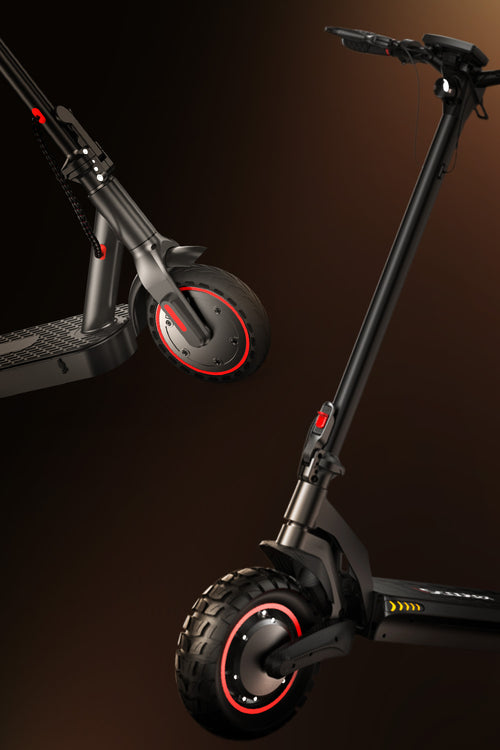
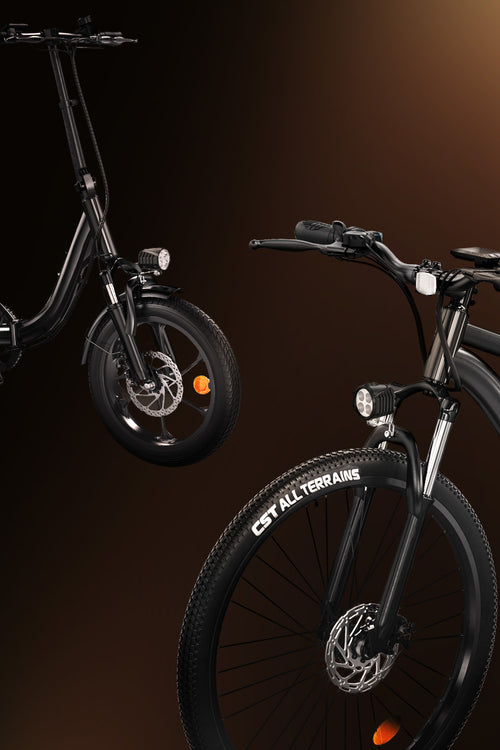














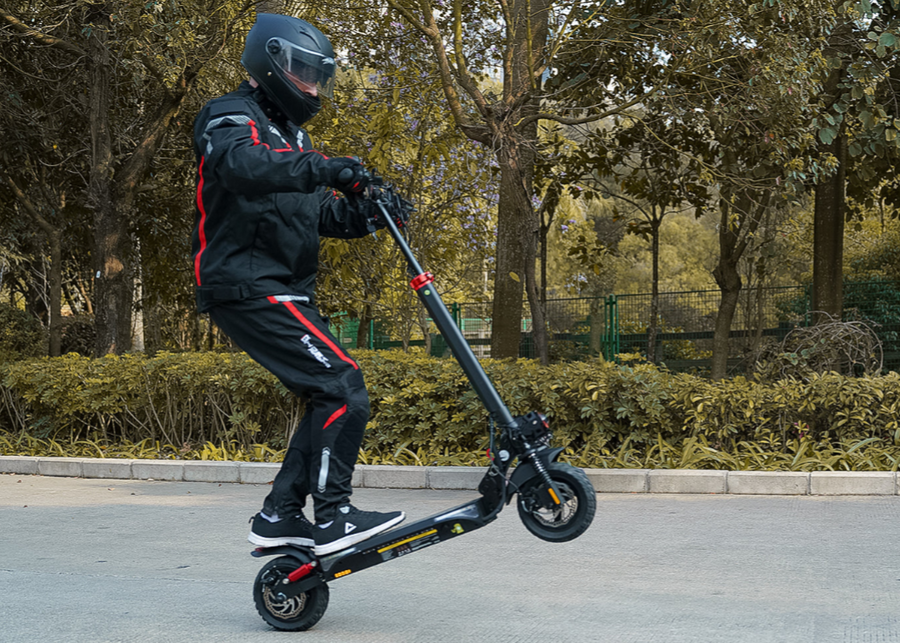



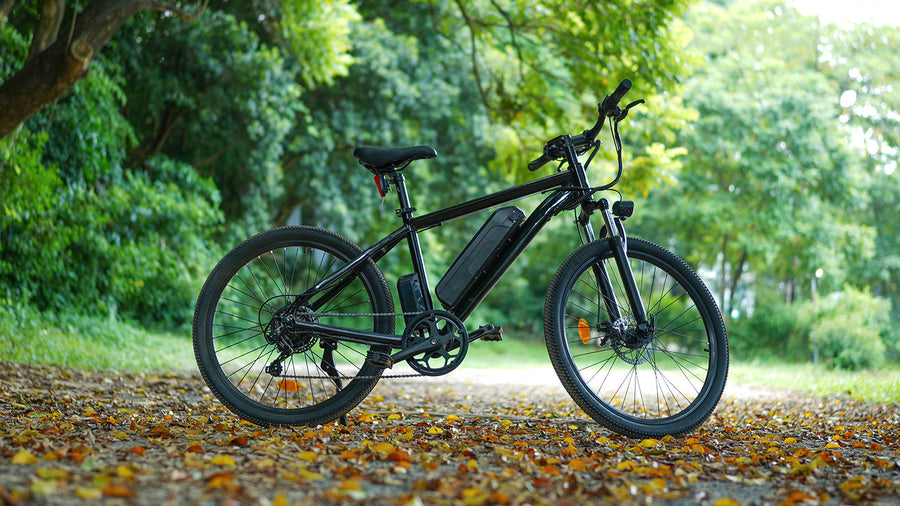
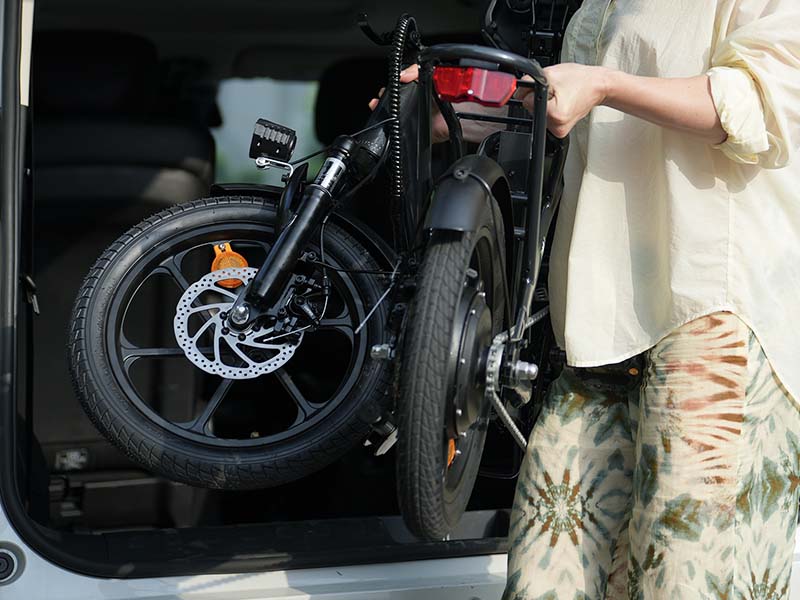










Article tags :
Leave us a message